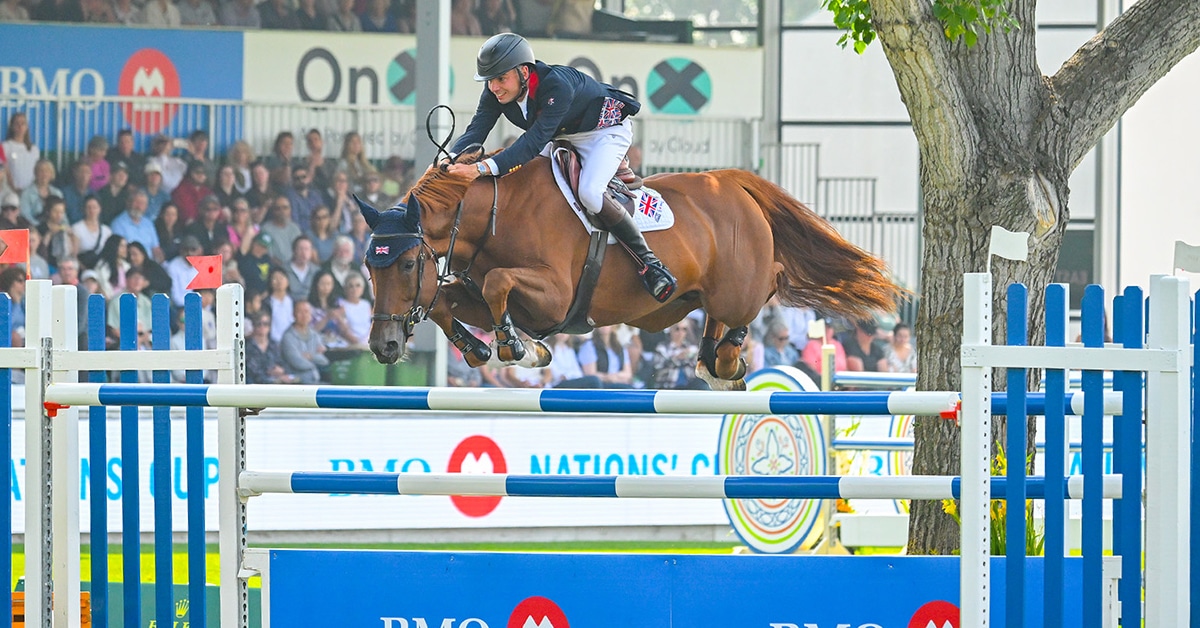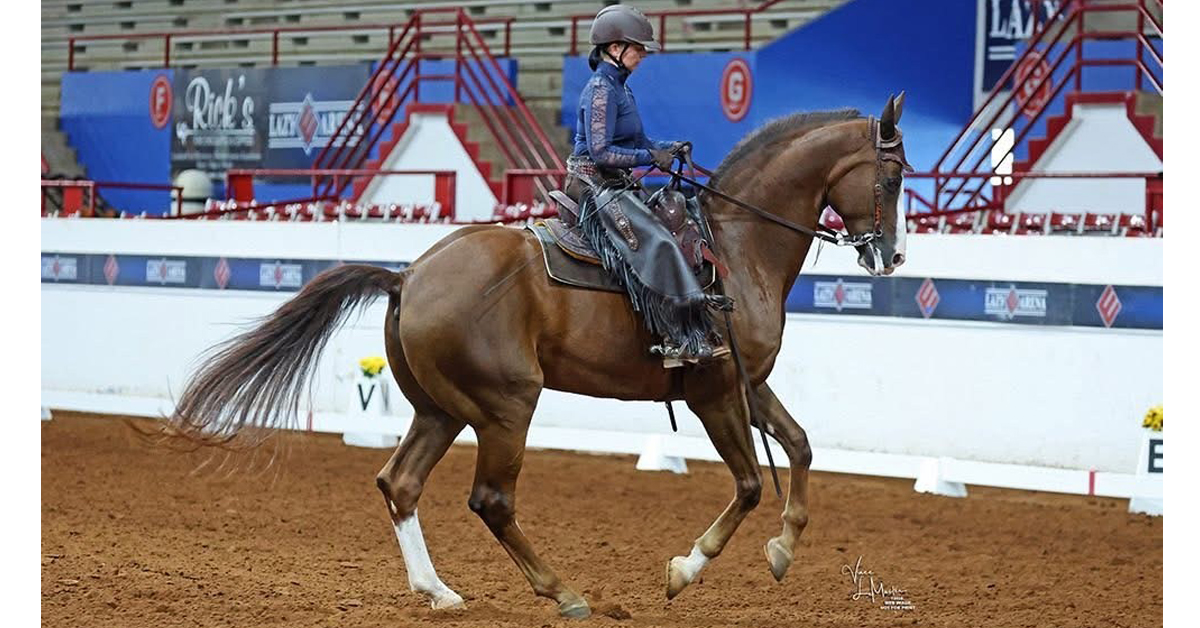Equestrian Canada’s 2024 AGM will be held September 17th at 7pm. While they encourage you to watch the livestream, they won’t be answering your questions in real time. Instead, you were asked to submit your questions to the Voting Members by September 10th. In case you didn’t get around to reviewing the Annual Report or formulating your questions or even know who the Voting Members are, Horse Sport has done a review and suggests a series of questions that EC should be addressing.
After reviewing the Annual Report, there are two major questions that EC needs to address:
- Where are the promised by-law changes to update the governance structure?
- Where is the first promised repayment of $150,000 to the Reserve Fund?
Governance
While by-laws can be intensely boring to some, they are the all-important rules that govern the operations of EC and define how the organization is structured and run. One of the most common complaints about EC over the last decade has been its poor communication with stakeholders, which can largely be traced to the last major change to the by-laws done in 2015 which alienated 99.9% of its previous members. The new structure created just 27 Voting Members divided equally into three Categories with the rest of its former members now deemed Registered Participants. In this format, Category A represents sport disciplines, Category B represents the provinces and territories sport organizations (PTSOs), and Category C represents national equine organizations. One of the most significant problems with this format is that not all sports, PTSOs or equine organizations are represented in each category. Moreover, the Categories are restricted in their role which was perfectly captured in this 2020 quote from Mike Lawrence who resigned from Category A in frustration:
“According to the Terms of Reference, the role of Category members is only to vote on by-laws and vote in directors. The perception is that the Categories are there to advocate for the stakeholders, but that’s not their mandate and not how they are being treated by EC. Stakeholders deserve better and should have those people advocating for them, but there is nothing that allows them to. Their roles are limited to just the two functions.”
EC has acknowledged that its governance structure is a serious problem but has been unable to propose any meaningful changes that get support from the community. To seemingly overcome this hurdle, EC hired a governance consultant two years ago to guide them through a two-phased governance review. As part of this review, last year the consultant did many interviews with a variety of stakeholders to inform both phases. At the last AGM, EC was able to execute phase-one changes which were minor but necessary to bring EC into compliance with new requirements from the Canadian Olympic Committee and Sport Canada. It was suggested that the phase two changes would target more structural reforms and would be presented at this year’s AGM, but there are no such by-law changes on this year’s agenda.
When asked why not, EC CEO Meg Kreuger commented that EC’s board struck an Inclusion Working Group (IWG) which determined they needed still more feedback, in addition to what was collected by the governance expert, and sent out a survey this past June, nine months after the last AGM. The board saw the results of that survey at their August meeting, but the report from the Governance & Ethics Committee does not dive into the findings and only notes that they will “Integrate recommendations and strategies from the IWG survey into governance and operations.”
Kreuger would do well to remember her own quote from 2020: “When there is an ineffective governance structure, ineffective communication also increases, as does frustration.”
Question: Will EC commit to proposing a bold new governance structure at the next AGM that is more inclusive of its large number of stakeholders and promotes better communication?
Finances
Last year EC lost a record $730,000 which was largely attributed to the cost of sending teams to the World Equestrian Games in Denmark. This massive loss was not at all addressed at last year’s AGM, nor was the fact that the report from the Finance & Audit Committee noted that EC borrowed $770,500 from the EC Corporate Reserve Fund to pay for this expense and that “The EC Corporate Reserve Fund withdrawal was Board approved with a replenishment plan, where EC will deposit $150,000 per year over the next five years to replenish the funds used in 2022.”
The $770,500 withdrawal was listed under “Other expenses” on last year’s Financial Statement, so it would seem reasonable that the $150,000 partial repayment would be listed under “Other income” this year, but is not.
Question: Where is the repayment included this year and why is it not included under “Other income” for transparency purposes?
This year’s Financial Statement reveals that EC has “a small deficit” of $72,982 which is three times higher than the board approved $24,963. The Finance & Audit Committee addresses most questions raised by the Financial Statements in their report (page 21), but there are a few more questions that should also be addressed:
1. Why has the Discipline General Revenue increased by $321,000?
2. Why has the Discipline expense increased by almost $1 million? (Note that Major Games expenses are a separate item)
3. What reason did the COC give for reducing the Pan American Games funding by $180,000 at such a late date?
4. With the massive lack of money being such a major issue affecting all aspects of EC, why did they wait until May 2024 to hire a Business Development Officer?
Strategy 2022-2025 at Risk?
Though well beyond the mandate of the Voting Members, interested participants might want to review EC’s Management Reports. These reports represent a good effort at transparency on the part of EC, and show what work is being done to achieve the 12 objectives set out in the Strategy 2022-2025 document which guides EC. The reports are posted quarterly and include updates on the various initiatives being led to achieve the objectives. The last report from August notes that five (42%) of the objectives are “On Track” while seven (58%) are “Behind” which are mostly attributed to a lack of staff, a lack of money, or both.
Tune it to watch EC’s AGM to find out how they answer.
EC Facebook Live Stream HERE.
Via Zoom video-teleconference
Meeting ID: 880 1549 8760
Passcode: 558126
Or dial by your location:
+1 855 703 8985 Canada Toll-free
+1 647 374 4685 Canada
Meeting ID: 880 1549 8760
Passcode: 558126
The Latest









